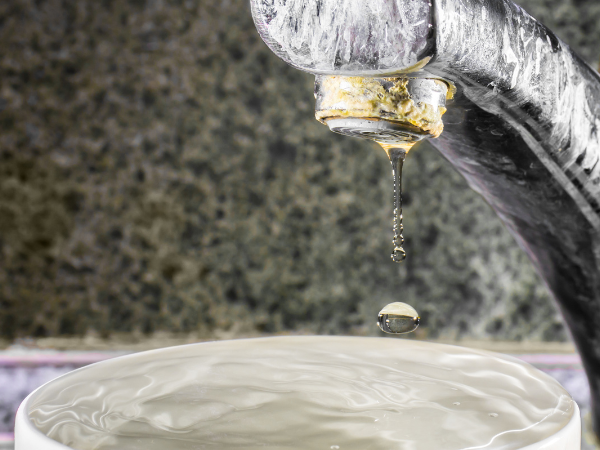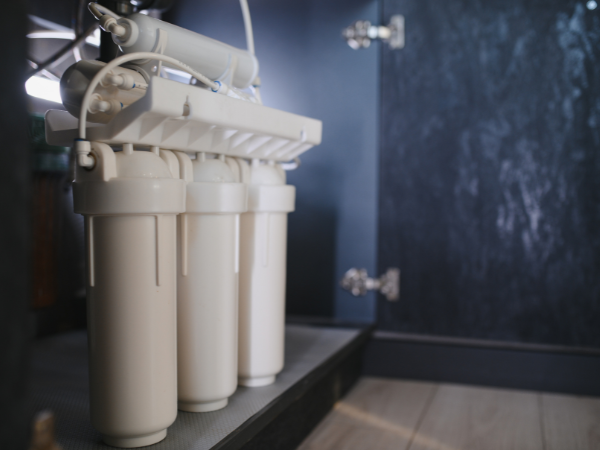Adding A Water Softener To The Home: How and Where To Put It?

Nowadays, with increasing complaints about impure, hard water being supplied to the homes, it has become essential to install water softeners at home. An investment in good quality water softening appliance can help you save a large amount later on in life as hard water can affect your health, damage the water supply pipelines and your home appliances.
However, the question people often ask while planning to add a water softener appliance to their home is, "Where is the best place to put a water softener?". Well, the safest answer would be to put it in a place that keeps your appliance safe from elements and also supply softened water only to the areas that require it. So, it should be closer to the main pipeline.
Let us look at some of the points that will help you decide where to install water softener.
Where To Put Water Softener?
- While planning for a new water softener, please keep it mind to install it on the main water supply line. Also, make sure that the well supply pump and water meters are close to the water softener and before it.
- Another point that should be kept in mind is, keep place your water softeners after the water supply line to the outdoor supplies. This will help you in saving the energy supply as well as the water softening salt.
- Also, ensure that the water softener is placed between the main water supply of your home and the water heating system. But, make sure that it is at enough distance from the water heater so that the heating water does not go back into the softener.
- It is essential to place the water softeners as close as possible to the drains, laundry tub, standpipe to facilitate the easy disposal of brine solution after the regeneration process.
- One of the main factors you should be mindful of is not installing your water softener appliance near any area that is prone to water leakage.
- Since you do not want your water softening instrument to be damaged or not being able to supply enough power, it is best to place the appliance within a height of 10 feet from the 120 Volts electricity supply.
- It is important to place the instrument in a place that is protected from the direct sunlight and cold temperatures so that its machinery doesn't get affected.
- Install it in a place that has enough space to accommodate it.




